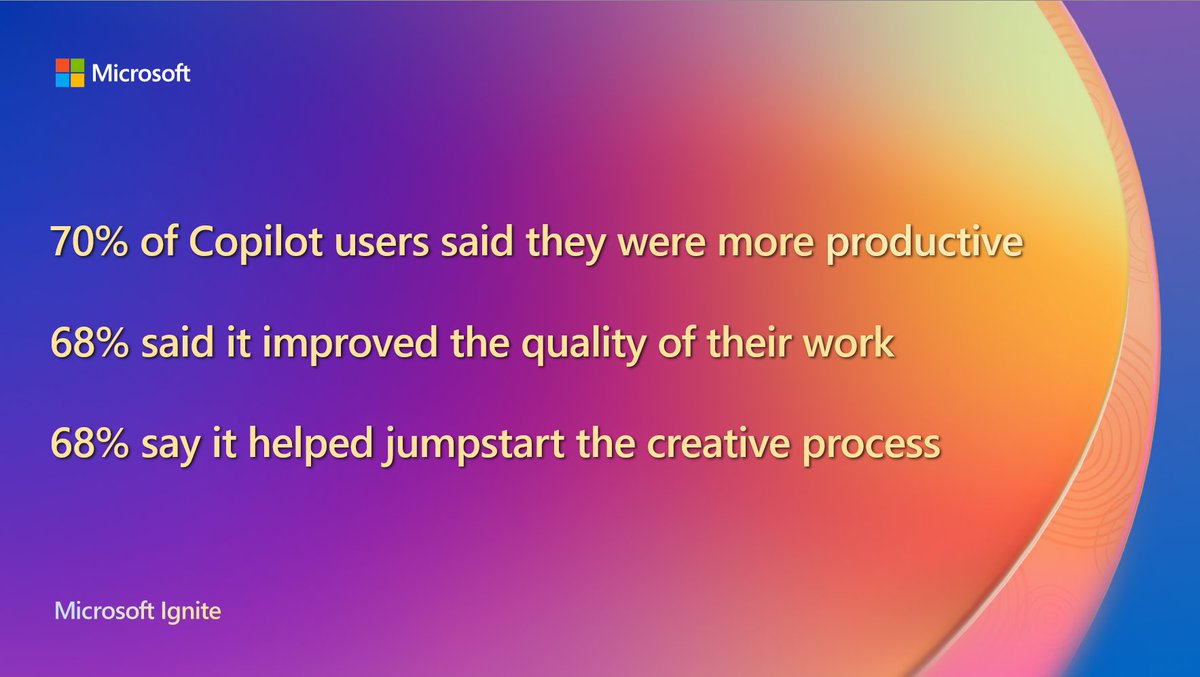In a few decades, humanity might view this moment as the end of childhood and the onset of our technological adolescence, a time when we harness the power of Generative AI tools to substantially enhance our technical workflows and communication.
A few words about myself: With nearly two decades of international experience in tech-business management and team-building, my journey has been marked by contributions to major projects at institutions like CERN and ETH Zürich. In 2012, having earned a Ph.D. in Engineering from Kyushu University in Japan, my career has also spanned Digital Banking and Healthcare Management. In a previous role, I managed a World Bank Group project, focused on promoting digital entrepreneurship in Tbilisi, Georgia. Each day is a learning opportunity, engaging with brilliant, diligent professionals continually reshaping our digital landscape.
This personal and professional background sets the stage for understanding the monumental shift from traditional methodologies to digital transformation—an evolution I’ve witnessed firsthand.
The Old Way vs. Digital Transformation
In one of my previous roles at a competitive retail bank, we faced intense competition, which prompted our CEO to initiate a comprehensive overhaul of our digital products and services. This encompassed revamping the bank’s website, online platforms, and mobile banking for both retail and corporate clients. The challenge was substantial, involving lengthy and well-argued debates, but it also left us drained after hours of discussions. In the pre-COVID-19 era, I attended these meetings in person, dressed in a suit, often contemplating the possibility of conducting them online from home.
This entailed relying solely on video recordings and key summaries. That was a moment when technology stood on the cusp of transforming our work methodologies, liberating us from the deeply ingrained rituals and traditions of past-century corporate business practices. It was merely a precursor to a broader, more impactful digital revolution that I would encounter in my subsequent endeavors.
Digital Transformation in Action
Fast forward to early 2019, I worked on a World Bank Group project focused on digital innovation and entrepreneurship. While it had its struggles over the years, by March 2020, we had significantly improved its rating. Ironically, right after our success, the world shut down, casting doubt on our gains. However, remote work emerged as a clear and beneficial change, saving time, enhancing efficiency, and improving communication.
Beyond enhancing productivity, remote work diminished unnecessary interactions and unrelated conversations, offering relief from constant face-to-face interactions. It not only offers a practical solution but also acts as a catalyst for increased productivity and a potential improvement in work-life balance, though this point may be highly debatable. As we navigated the challenges and opportunities of this new remote work paradigm, a more profound transformation was on the horizon—the dawn of the Generative AI era.
The Age of Generative AI: A New Beginning
As of 2023, existing applications like Teams, Slack, Zoom, and Office Applications are adequate, however, generative AI has the potential to significantly enhance workflows, thereby enhancing efficiency and productivity. I’ve been testing tools like Otter.ai and Fireflies.ai for work, which make it easy to transcribe video calls, provide discussion keywords, and summarize action items. There is currently a plethora of such tools available, so you can choose the one that works best for you.
Addressing the Overwhelming
Managing multiple chat channels where numerous people discuss various technical matters across different project segments can be challenging if you’re expected to stay up-to-date on all action items and execute them immediately. Tools like Thegist.ai aim to help with this by providing quick conversation summaries and action items across Slack channels.
The Power of ChatGPT
ChatGPT continues to be my go-to AI tool for work. I use it for document creation, proofreading, finding solutions within legacy code, or in unfamiliar programming languages. Additionally, my team also utilizes ChatGPT for debugging processes and as a substitute alternative for Amazon Web Services Wiki searches during our brainstorming sessions. Recently, a non-programmer on our team used ChatGPT to delve into a technical issue with AWS Lambda, which had been built by a different team some time ago. He found a solution and proposed it to our development team before they had the opportunity to review the problem. Such proactive problem-solving has become a staple in our team’s way of working.
The future of OpenAI’s seminal tool lies in the numerous available plugins for GPT-4 and tighter integration among various online services, tools, and operating systems. However, while ChatGPT represents a significant leap forward, it is but one component of a broader ecosystem of Generative AI tools transforming our professional landscapes.
Microsoft’s Copilot: A Game-Changer
Microsoft’s Copilot emerges as another game-changer with immense potential. Leveraging Generative AI with neural networks appears to be a clear trajectory towards the future of programming. While the current Copilot preview appears somewhat underwhelming, there is a strong belief that Microsoft will eventually succeed, offering us some of the most powerful tools to enrich future work.
Although I approach the input of extensive code sections with caution due to security and intellectual property concerns, GenAI serves as an intelligent, albeit not infallible, conversation partner, which is acceptable.
These are just a few of the GenAI work tools, with the field evolving rapidly. Therefore, even if your initial experiences have been disappointing, it’s worth revisiting them in a few months, as we are merely witnessing the dawn of this technology.

The rise of AI doesn’t render us obsolete
I remember sitting in the white lab office of our Kyushu University Engineering department. My friend Yoshikoa, nicknamed Masa, was deeply focused on complex calculations using a calculator, paper, and pencil. I asked him why he chose those tools over a PC. He looked up and said, “A computer can make a mistake, but I won’t.”
Despite being a star-student, his statement seemed overly confident. However, looking back, it’s exactly the mindset we should adopt. While Generative Pretrained Transformer is already changing our world, it’s important to remember that we, as humans, ultimately decide what’s best for us. Despite the smart suggestions from our new AI friends, our human judgment is still crucial.
The journey through digital evolution is both exhilarating and daunting. The narrative of Generative AI redefining our work is just beginning, promising a future brimming with potential and challenges. As we navigate this new era, we test various tools and integrate them into our business projects. Find the right use case for your situation, and let’s collectively benefit from GenAI.





